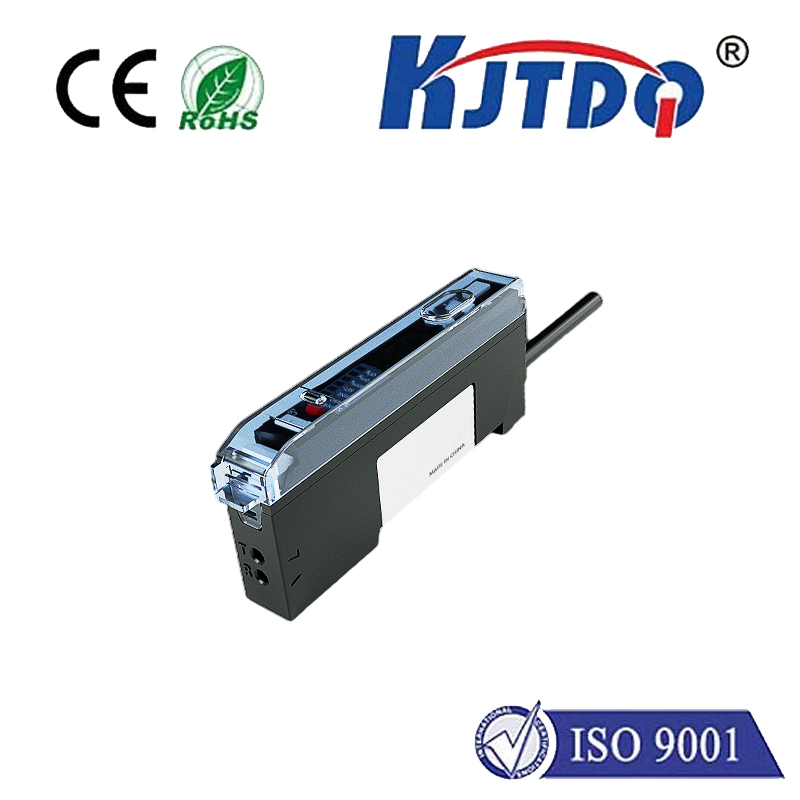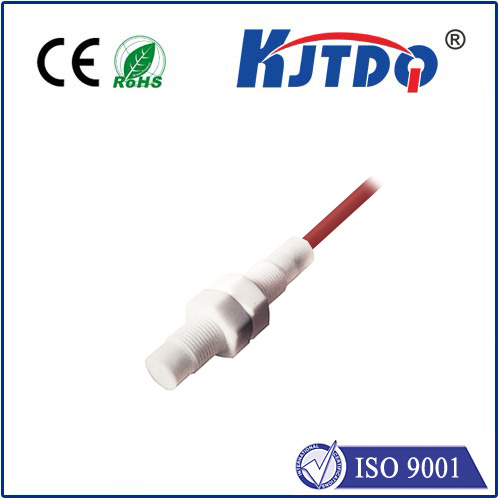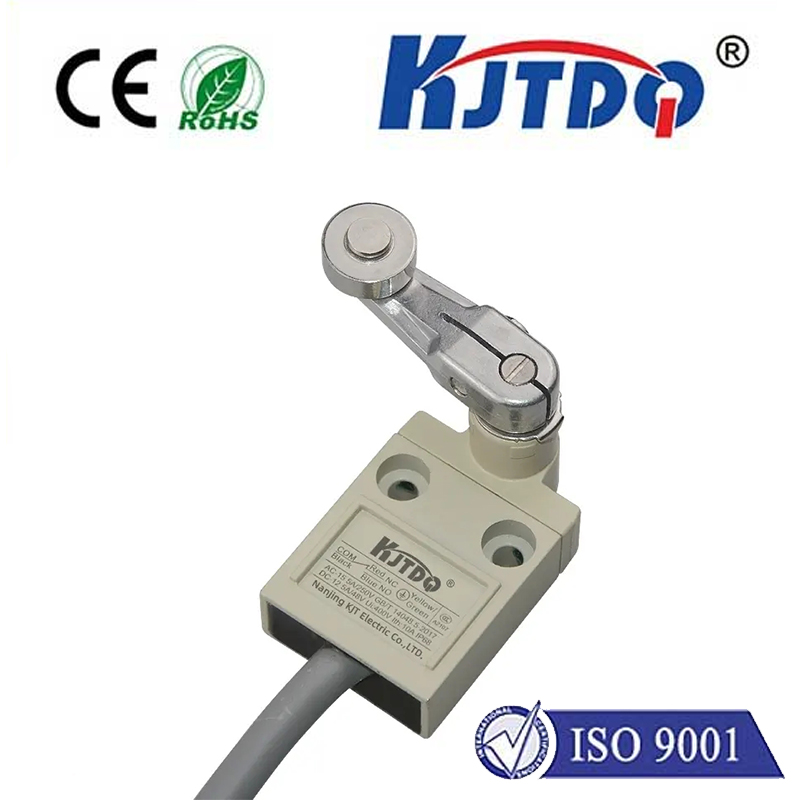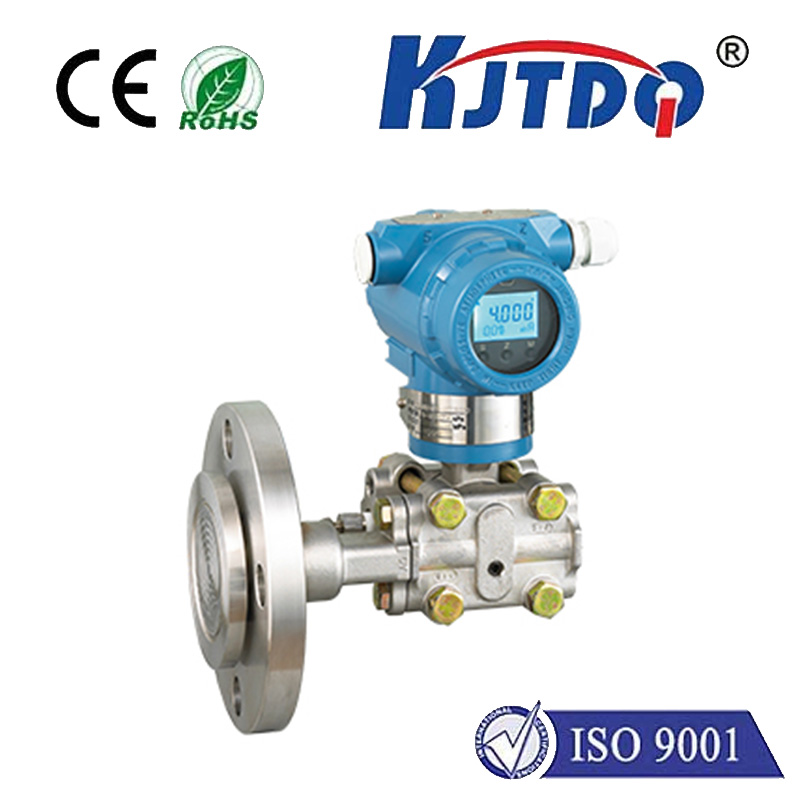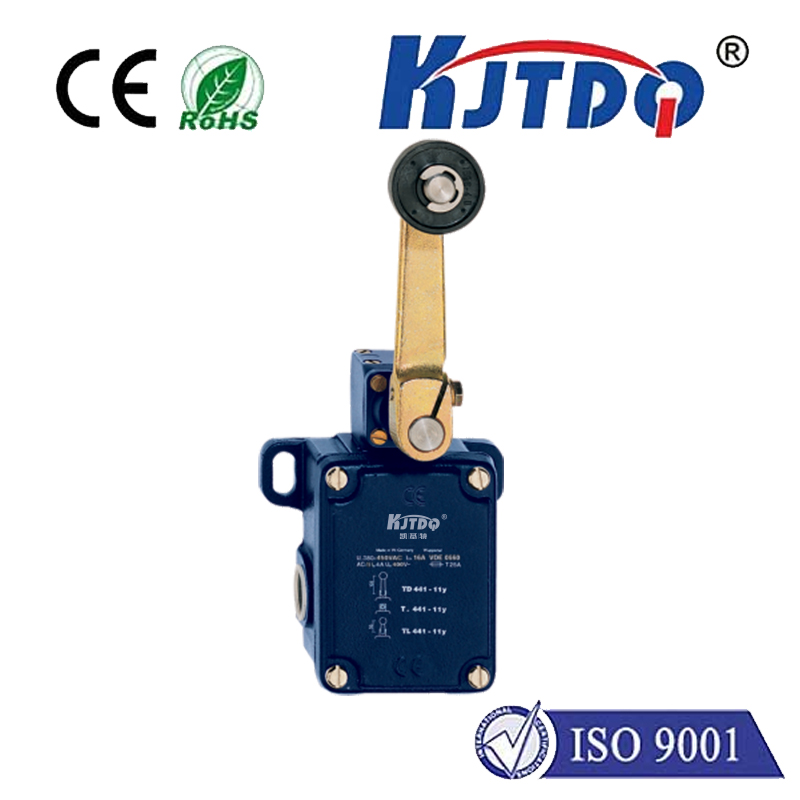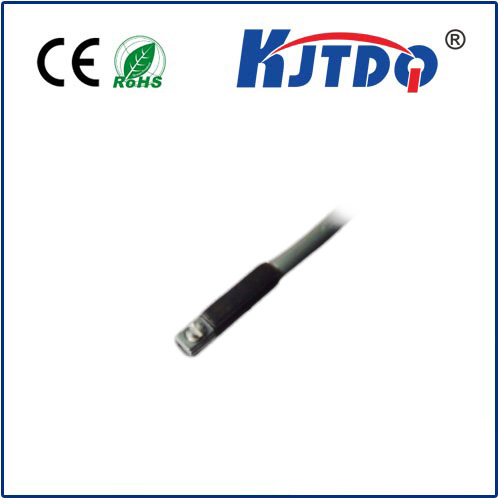photoelectric sensor pnp
- time:2025-09-11 00:05:25
- Click:0
Unlocking Efficiency: Your Guide to PNP Photoelectric Sensors in Modern Automation
Imagine walking through a bustling modern factory. Products whizz by on high-speed conveyors, robotic arms assemble parts with uncanny precision, and filled packages are automatically sorted and sealed. Much of this remarkable efficiency hinges on a small, often unseen hero: the photoelectric sensor. Specifically, the PNP photoelectric sensor plays a pivotal role in countless detection tasks, offering reliability and straightforward integration that engineers value daily. Understanding how these sensors work and why their PNP output configuration is often preferred is key to optimizing many automation processes.
What Makes a Photoelectric Sensor Tick?
At its core, a photoelectric sensor operates on a simple principle: it emits a beam of light (visible, infrared, or laser) and detects changes in that beam caused by the presence or absence of a target object. This detection triggers an electrical signal – an output – that tells the connected control system (like a PLC) what’s happening. They excel at non-contact detection over distances, handling diverse object types, and operating in challenging industrial environments, making them far more versatile than traditional mechanical switches.
The Crucial Distinction: Sinking vs. Sourcing (NPN vs. PNP)

Here’s where things get interesting for system designers. The type of output transistor inside the sensor determines how it interfaces with the control system’s input circuitry. This boils down to two main configurations: NPN (Sinking) and PNP (Sourcing).
- NPN (Sinking): When the sensor detects its target (active), the NPN transistor connects the output signal wire (usually black or brown) to the negative voltage supply (0V/Common). It effectively “sinks” current into the sensor from the PLC input. Think of it as the sensor providing a path to ground when active.
- PNP (Sourcing): When the PNP sensor detects its target (active), its transistor connects the output signal wire to the positive voltage supply (typically +24V DC). It “sources” current out from the sensor to the PLC input. Think of it as the sensor providing the positive voltage when active.
Why PNP Photoelectric Sensors Shine
While both types are widely used, PNP photoelectric sensors hold several distinct advantages, particularly in certain regions and applications:
- Simplified Wiring with Sourcing Inputs: Many modern Programmable Logic Controllers (PLCs) and control systems, especially those prevalent in Europe and increasingly globally, are designed with sourcing inputs. This means their input modules expect to receive the positive voltage (+24V) when an input is activated. A PNP sensor naturally matches this expectation: its active state provides the +24V signal directly to the PLC input. This results in simpler wiring, as the sensor directly “powers” the PLC input point when triggered. No need for additional external pull-up resistors.
- Intuitive “Positive Logic” Operation: For many technicians and engineers, the behavior of a PNP sensor aligns more intuitively with “positive logic.” When the sensor sees the object (condition met), it outputs a positive voltage signal (+24V). When it doesn’t see the object, the output is effectively open (0V). This direct correlation (Active = High Voltage) can simplify troubleshooting and understanding system states.
- Widespread Compatibility: Due to their prevalence and the design of many common industrial controllers, PNP sensors offer broad compatibility right out of the box. Choosing PNP often reduces the risk of compatibility issues when integrating sensors from various manufacturers into a single system using sourcing PLC inputs.
- Safety Considerations (Specific Cases): In some specialized control circuit designs, particularly older or safety-related circuits using relays, the sourcing nature of PNP outputs can sometimes offer advantages or be mandated. While modern safety systems use dedicated components, the inherent sourcing behavior can still be a factor in specific legacy or custom logic implementations.
PNP Photoelectric Sensors: Where They Excel
The inherent characteristics of the PNP output make these sensors the go-to choice in numerous industrial scenarios:
- Object Detection on Conveyors: Detecting the presence, absence, or position of boxes, bottles, cans, or parts moving on production or packaging lines. Their reliability ensures smooth operation.
- Level Detection: Monitoring fill levels in bins, hoppers, or tanks, triggering refill or preventing overflow when combined with appropriate mounting and sensing modes (like retro-reflective or diffuse).
- Part Counting & Verification: Ensuring the correct number of components are present in an assembly jig or verifying a part has passed through a specific station.
- Positioning & End-of-Travel Detection: Confirming that a machine component (like a cylinder rod or a slide) has reached its intended end position safely and accurately.
- Label Detection & Registration: Sensing the presence or edge of a label on a web for precise cutting or application timing.
- Security & Access Control: Detecting personnel or objects in restricted areas, triggering alarms or door interlocks (often using through-beam sensors for long range).
Selecting the Right PNP Photoelectric Sensor
Choosing the optimal PNP sensor involves more than just the output type. Consider these critical factors:
- Sensing Mode: How will the sensor detect the object?
- Through-Beam: Highest range and reliability; separate emitter and receiver units. Beam interruption = detection.
- Retroreflective: Emitter and receiver in one housing; uses a reflector. Beam interruption = detection.
- Diffuse (Proximity): Emitter and receiver in one housing; detects light reflected directly off the target. Detection occurs when enough light returns. Range is shorter and highly dependent on target color/surface.
- Sensing Range: What distance is needed to reliably detect your target? Ensure the sensor’s specified range meets or exceeds your application requirement.
- Target Characteristics: What are you detecting? Size, material, color, surface finish (shiny/ matte)? This heavily influences the best sensing mode and sensor model required. A shiny target might cause issues for diffuse sensors, while a dark target absorbs more light.
- Environment: Will the sensor face dust, moisture, vibration, extreme temperatures, or washdown conditions? Choose an Ingress Protection (IP) rating suitable for the environment (e.g., IP67 for dust and temporary immersion). Consider ambient light interference as well – does it need background suppression?
- Output Function: Do you need the sensor to be active when the target is present (Light-On) or when the target is absent (Dark-On)? Most sensors offer configurable logic or specific models for each.
- Connection Type: Pre-wired cable or quick-disconnect (M8, M12 connectors)? Connectors offer easier replacement but require mating receptacles.
Integrating Your PNP Sensor Effectively
Wiring a PNP photoelectric sensor is typically straightforward:
- Connect Brown (+V) wire to the positive DC supply terminal (+24V).
- Connect Blue (-V / 0V) wire to the negative/common DC supply terminal.
- Connect Black (Load / Signal) wire directly to the sourcing input channel of your PLC or controller input module. This wire carries the +24V signal when active.
- The PLC input module’s






